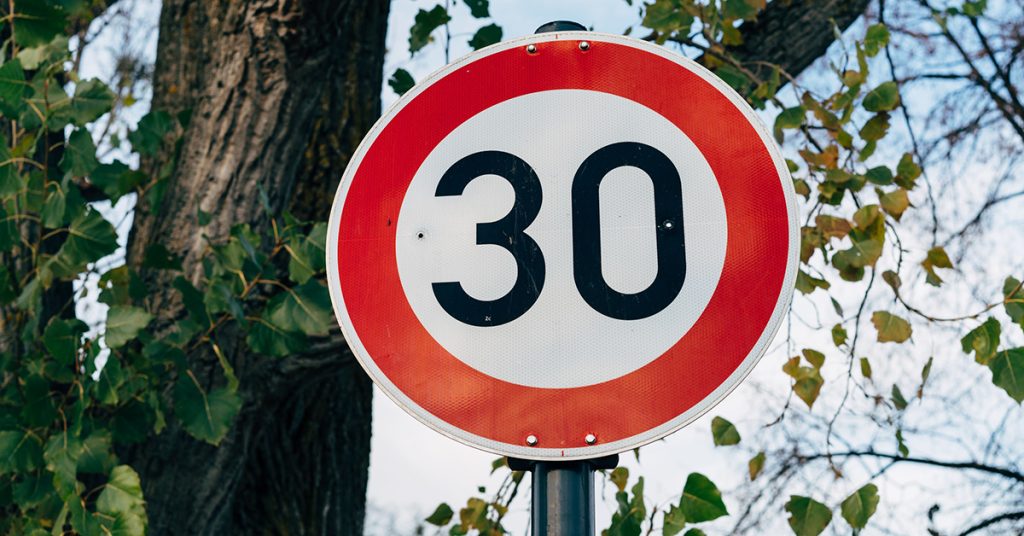
The success of a high street depends on its general attractiveness to the community. Factors such as walkability, density of businesses and population, architectural environment and pedestrian safety impact the willingness of people to stroll around.
When you picture the ideal high street, you probably don’t envision it next to a loud, busy, hard-to-cross road. It is common sense to say that lively high streets depend on high levels of foot traffic. In turn, foot traffic relies not only on the attractiveness of the businesses but also on the pedestrian infrastructure available.
A report from Committee for Sydney indicated “the single easiest thing to do to support healthy high streets would be to make the speed limit 30 km per hour”. However, reducing speeds at high streets is a challenge. Many of these “high streets” are designated as “state roads” and were designed to maximise traffic throughput instead of pedestrian amenities.
In addition to changing speed limits, providing wide footpaths and various crossing points can assist in creating a pleasant environment. The committee also argues that on-street parking helps to separate the sidewalk from the road increasing the perception of safety.
Do you agree with reducing the speed limits in high streets?
